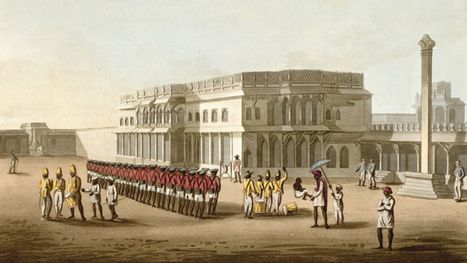Knowing that the current Rs500 and Rs1,000-denominated notes are now a relic of the past makes you look at them differently. In one night, what was once legal tender became nothing more worthy than Monopoly money.
And yet, the Narendra Modi government’s sudden move on Nov. 08, which preceded the introduction of new notes, was only the latest milestone in the long story of the Indian rupee’s evolution in paper form.
For many of us, the old versions featuring Mahatma Gandhi on one side were all that we ever knew. Though the Reserve Bank of India (RBI) introduced an updated version of the notes in 2005 (eventually all the notes, and not just the high-denomination ones), with some new security features, the overall look and design remained similar to the original style, introduced in 1996. These notes were, however, preceded by decades of changes in symbols, colours, sizes, denominations and more—a rich history that harks back to the colonial era.
The birth of a paper currencyUntil the 18th century, silver and gold coins were commonly used in India. But as private European trading companies established their own banks in the region, such as the Bank of Hindostan in Calcutta, they began issuing the very first versions of Indian paper notes, which were initially just text-based....



 Your new post is loading...
Your new post is loading...









As India moves to demonetize its currency notes to control black Market currency, the history of banknotes in India and the designs are fascinating.